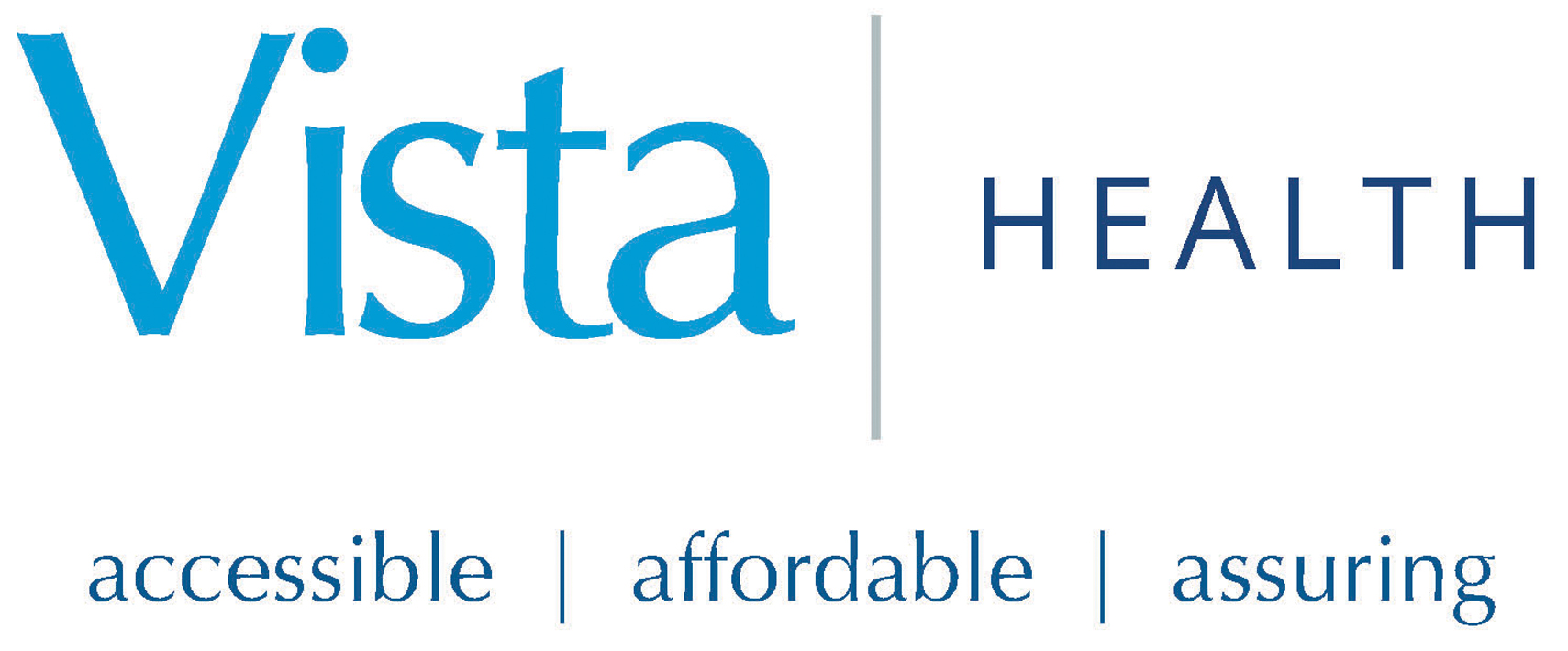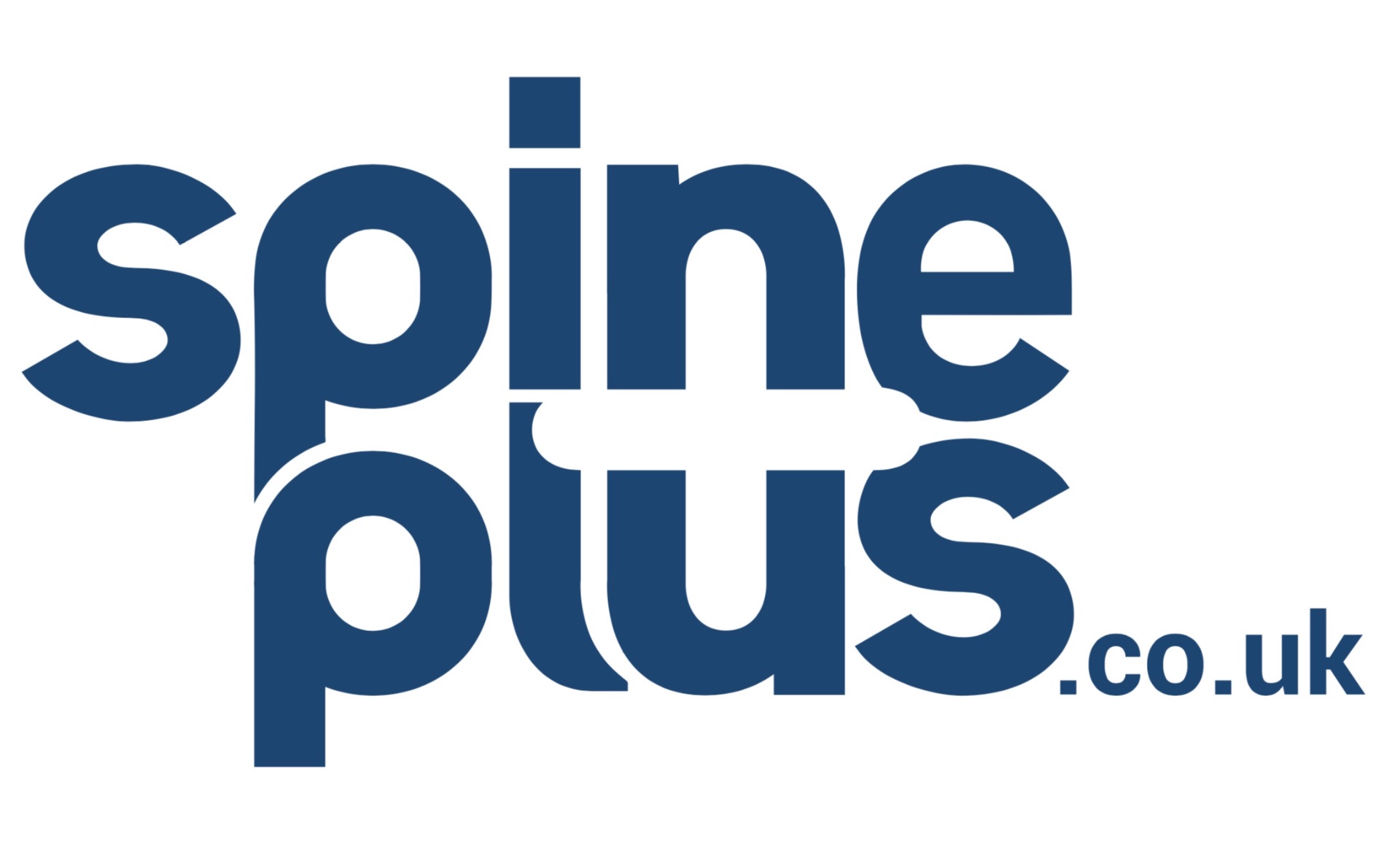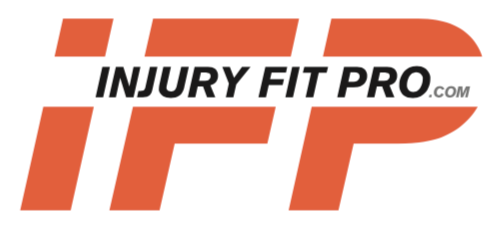Are you in the process of kicking starting your new healthier living campaign by taking up sport or a new exercise program? Perhaps you will be hitting the gym, pounding the streets, jumping in the pool or getting on your bike?
If so, depending on your age, injury status, and individual biomechanics, you might just want to pause for thought. Just because your personal trainer or favourite fitness guru on TV or YouTube can run for miles or quite happily perform a heavy one handed kettle bell swing followed by a set of (high impact) “Box Jumps” – it does not necessarily mean that such things are going to be the best things for you, especially if you want to be participating in sport and exercise for years to come. The last thing you want is a sports injury stopping you in your tracks!
Whether or not you are more than just a little over weight, have suffered with injuries in the past, have pre-existing wear and tear, niggling knees and shoulders or a history of low back pain you might just want to apply the following top tips:
Warm Up:
A good warm up is important not only to prepare the heart, lungs and circulation for the main activity to come but also to improve the elasticity and physical temperature of your muscles and other connective tissues (ligaments, tendons and fascia) meaning you will be less likely to pull or tear something later on. This becomes more important the older you get. I recommend an absolute minimum of 5 minutes (ideally 10 to 15 mins) engaged in light, low impact, low intensity activities involving all four limbs. A slow pace on the cross trainer, rowing machine or just a gentle walk with a slight exaggerated arm swing are ideal activities.
This should leave you with a slightly elevated heart rate but without heavy or aching muscles (that could signify the build up of lactic and that you have been exercising above your “aerobic threshold”).
Stretching and Massage:
Some studies suggest that stretching, particularly before exercise, has relatively little impact on preventing injuries. However instinct and personal experience (including my own) suggests otherwise. I recommend performing a few stretches, foam rolling or other self massage techniques, immediately after the 5 to 15 minute cardio warmup outlined above. Such stretches should be relevant to the activity you are about to perform and or concentrate on known areas of tension or previous injury. I do not recommend spending long periods of time stretching just prior to exercise. Firstly, this is because the effects of your cardio warm up can be lost if there is too much of a delay until your main activity. Secondly, the best time for a full stretch out is probably after exercise or on a separate occasion. Dedicating one or two sessions a week to a “mobility workout” where all you do is stretch or or perform other “soft tissue release techniques” is, in my opinion, a great idea, as is receiving a regular sports massage from a sports therapist (or equivalent soft tissue release treatment from a physiotherapist, osteopath or chiropractor) at least every 8 weeks.
20% Increments Max:
It can be tempting go faster, longer or lift more weight as soon as you can. However the risk here, especially if you are recovering from an injury or returning to exercise after a long lay off period, is that you can overload your tissues before your body has had a chance to adapt. My recommended rule of thumb is no more 20% weekly increments. So, for example if you start off with your comfortable limit being a 5 mile cycle, the following week aim for no more than 6 miles.
Foot wear:
It goes without saying that good footwear is important, especially if running (on hard surfaces) is part of your sport or exercise programme. Shock absorbing and correctly fitting and supportive trainers or insoles, appropriate for your “foot type” (e.g. low or high arches) can be important aids in preventing and managing injuries at the ankle (Achilles Tendonitis), knee (Patella Femoral Pain Syndrome), hip (Trochanteric Bursopathy or Femoral Acetabluar Impingement, FAI) as well as low back.
If you are a runner, you can sign up to receive my FREE Guide to 8 key steps to preventing running injuries.
Learn To Hip Hinge: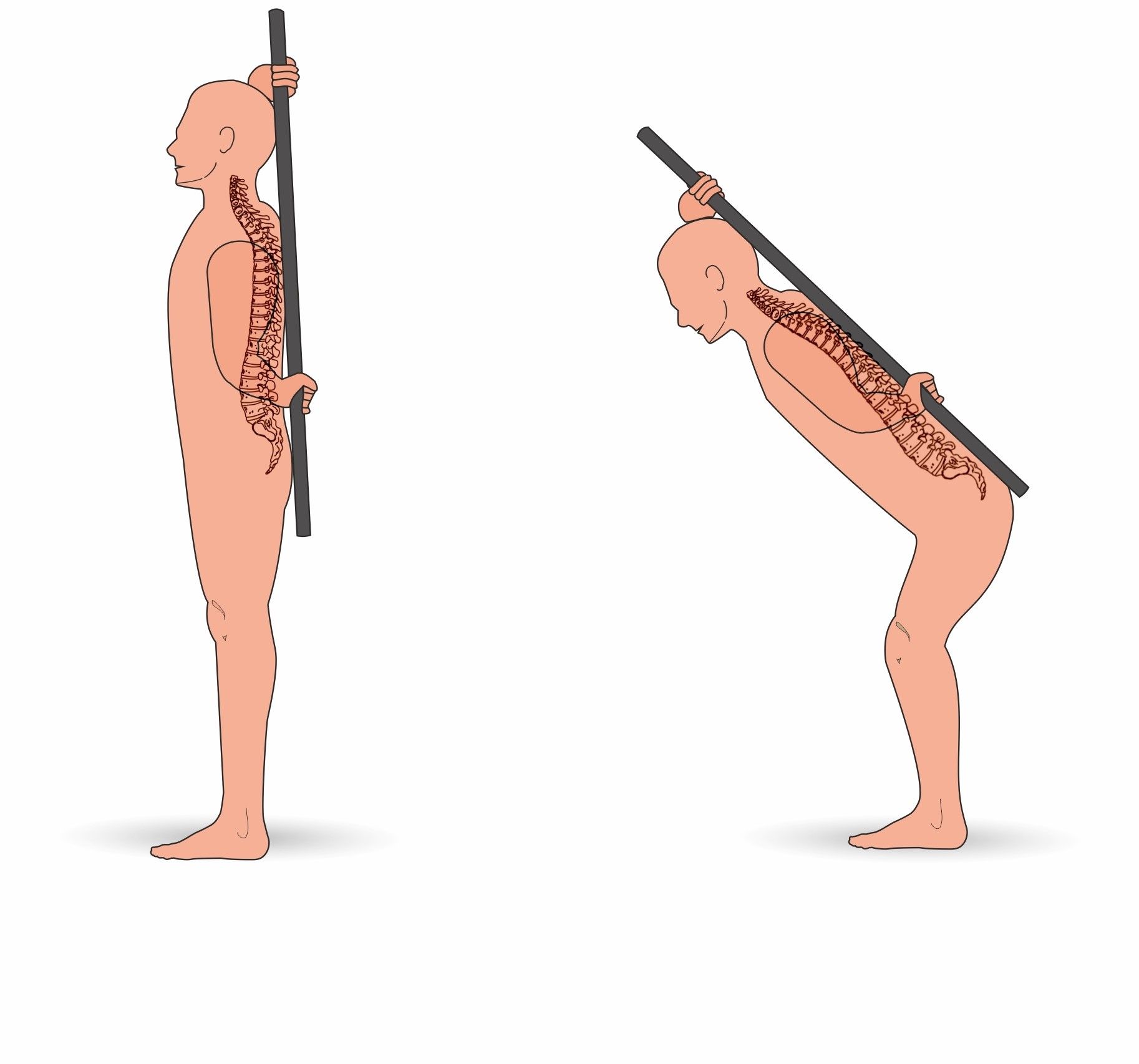
Whether you’re dead lifting a barbell or just your shopping bag, picking things up from the floor is an essential movement for many sports and many activities of every day life. Habitually and repeatedly lifting with incorrect technique has been cited by some experts contributing or at least aggravating injuries such as sciatica due to a “slipped disc” (disc herniation). One of the key preventative tips is to learn to hip hinge with your spine fixed with “neutral curves”, meaning the pivot point for the bend is through your hips, rather through you lower back discs. Here’s a video illustration of me performing the “Broomstick Hip Hinge” exercise which I prescribe to most of my lower back patients and teach school children when (my skeleton) and I are invited to give my “bones and muscles talk” in the classroom.
Swop Weighted Squats For (Back) Lunges:
Squatting with weights ofte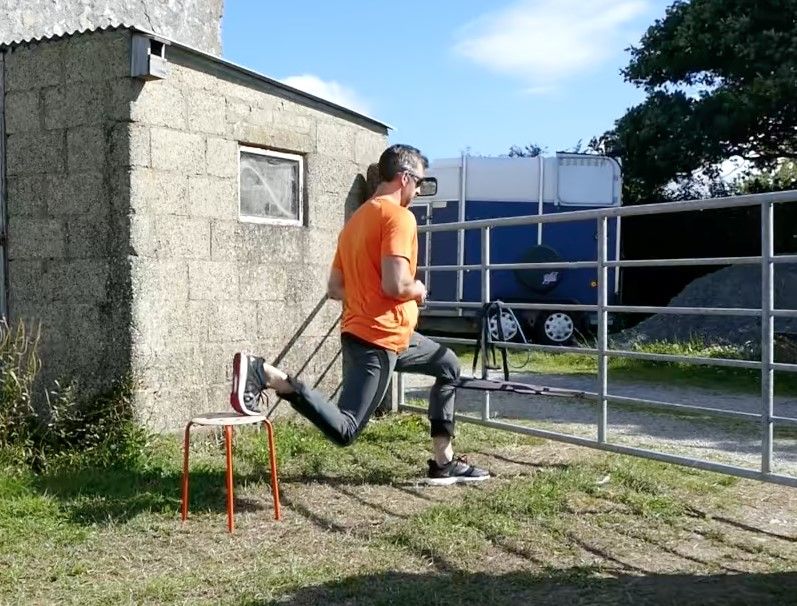 n forms part of fitness programs and “The Squat” is traditionally referred to as the King of lower body exercises. However, in more recent years squatting (with heavy weights) has been linked to low back injuries and hip impingement (especially the latter in those predisposed by having a CAM or PINCER deformity in their hip joint). The advantage of a split Squat or a back / rear lunge vs a squat is that you work each leg independently which gives an increased stability challenge and you only need approximately half the weight (and therefore half the load on the lower back).
n forms part of fitness programs and “The Squat” is traditionally referred to as the King of lower body exercises. However, in more recent years squatting (with heavy weights) has been linked to low back injuries and hip impingement (especially the latter in those predisposed by having a CAM or PINCER deformity in their hip joint). The advantage of a split Squat or a back / rear lunge vs a squat is that you work each leg independently which gives an increased stability challenge and you only need approximately half the weight (and therefore half the load on the lower back).
Here’s an illustration of a split squat movement.
Swop Crunches for Planks:
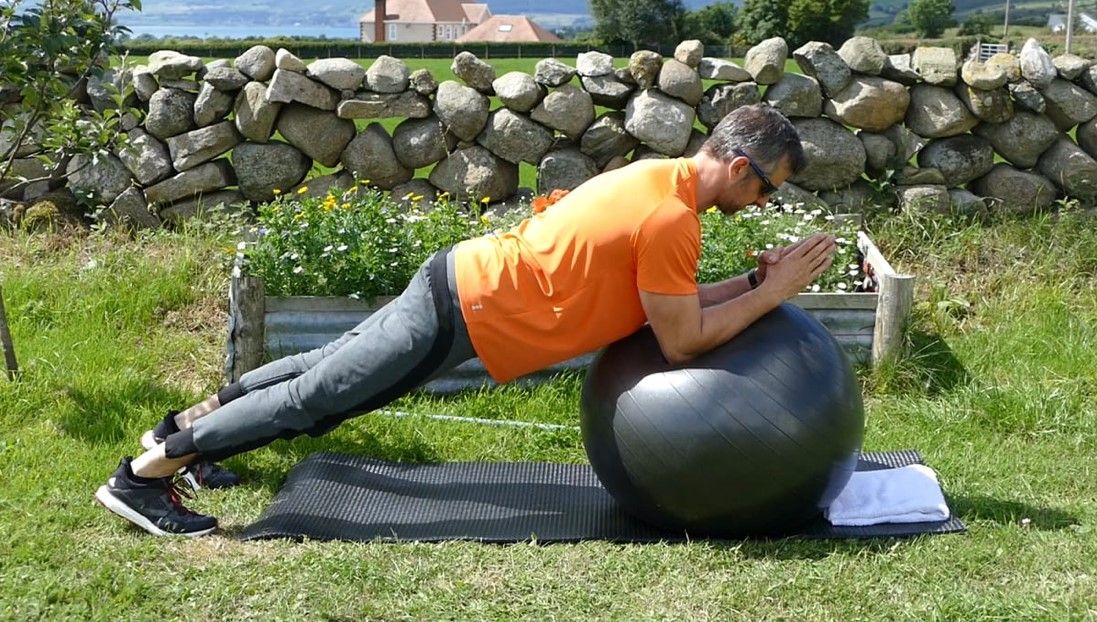 Go to abdominal exercises prior to the 1970’s and 80’s often included full, “long leg” sit ups. This became unfashionable due to the fact that the end part of this exercise involves a slump position and what is essentially a provocative test for lower back (disc) injuries. Twenty or thirty years later abdominal crunches took over as the desired exercise to help chisel a “six pack”. However, in more recent years crunches have come under criticism (from industry experts such as Professor Stuart McGill) due to their potential for producing malposture and ligament strain in the lower back that might contribute to slipped discs. There is now a trend in direction of planks and certain other Pilates style movements as the best ways to work the muscles of your mid-section whilst at the same time helping to prevent and rehabilitate from low back injuries. Quality is much more important than quantity though and perfect posture is key when it comes to performing the plank (and related core stability exercises, such as legs raise, side plank, back bridge). Therefore a session or too with a personal trainer and or physical therapist can seriously help nail the correct technique.
Go to abdominal exercises prior to the 1970’s and 80’s often included full, “long leg” sit ups. This became unfashionable due to the fact that the end part of this exercise involves a slump position and what is essentially a provocative test for lower back (disc) injuries. Twenty or thirty years later abdominal crunches took over as the desired exercise to help chisel a “six pack”. However, in more recent years crunches have come under criticism (from industry experts such as Professor Stuart McGill) due to their potential for producing malposture and ligament strain in the lower back that might contribute to slipped discs. There is now a trend in direction of planks and certain other Pilates style movements as the best ways to work the muscles of your mid-section whilst at the same time helping to prevent and rehabilitate from low back injuries. Quality is much more important than quantity though and perfect posture is key when it comes to performing the plank (and related core stability exercises, such as legs raise, side plank, back bridge). Therefore a session or too with a personal trainer and or physical therapist can seriously help nail the correct technique.
Work Your Rotator Cuff:
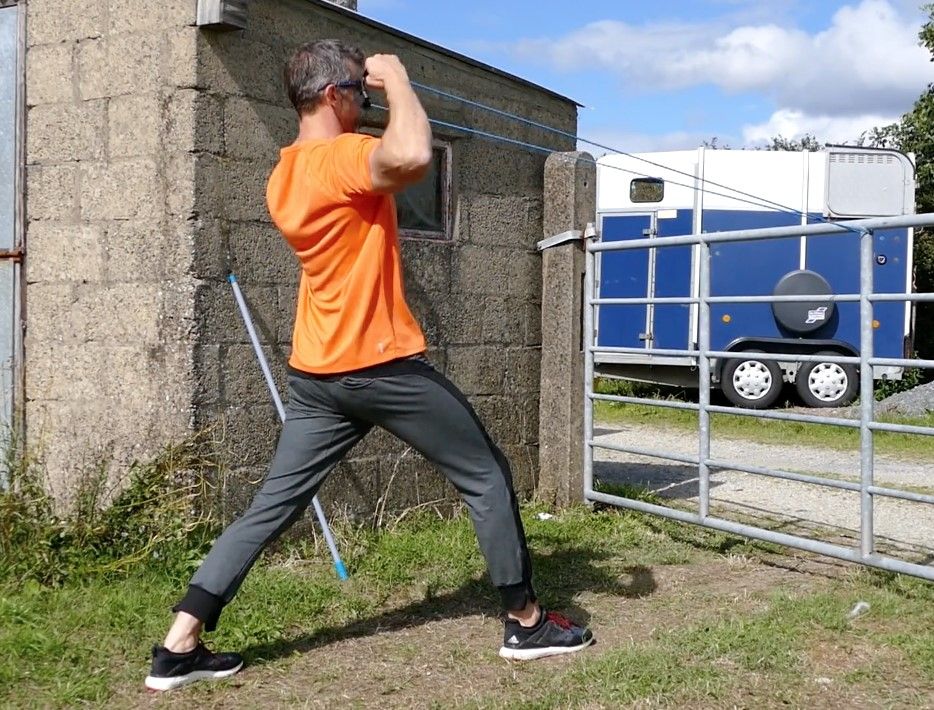 If your favourite exercise or sport involves overhead activities (including throwing and racket sports) you might be predisposed to developing Shoulder Impingement or bursitis, particularly if you have poor posture (“rounded shoulders”) or altered bony anatomy (e.g. a “type 3” (hooked) acromion {top part of the shoulder blade}). The other main reason such conditions can develop is that the relatively large shoulder (deltoid) and chest muscles (pecs) become disproportionately too strong for the smaller (usually unconditioned) rotator cuff muscles. This can lead to dynamic instability (failure of centration or stabilisation of the humeral head) during arm movements. A eminent shoulder surgeon once told me that for every set of press ups, or dumbbell presses, one should perform one set of rotator cuff exercises. Rotator cuff exercises can be divided into movements involving (resisted) external rotation of the shoulder, such Face Pulls.
If your favourite exercise or sport involves overhead activities (including throwing and racket sports) you might be predisposed to developing Shoulder Impingement or bursitis, particularly if you have poor posture (“rounded shoulders”) or altered bony anatomy (e.g. a “type 3” (hooked) acromion {top part of the shoulder blade}). The other main reason such conditions can develop is that the relatively large shoulder (deltoid) and chest muscles (pecs) become disproportionately too strong for the smaller (usually unconditioned) rotator cuff muscles. This can lead to dynamic instability (failure of centration or stabilisation of the humeral head) during arm movements. A eminent shoulder surgeon once told me that for every set of press ups, or dumbbell presses, one should perform one set of rotator cuff exercises. Rotator cuff exercises can be divided into movements involving (resisted) external rotation of the shoulder, such Face Pulls.
And movements involving (resisted) internal rotation of the shoulder:
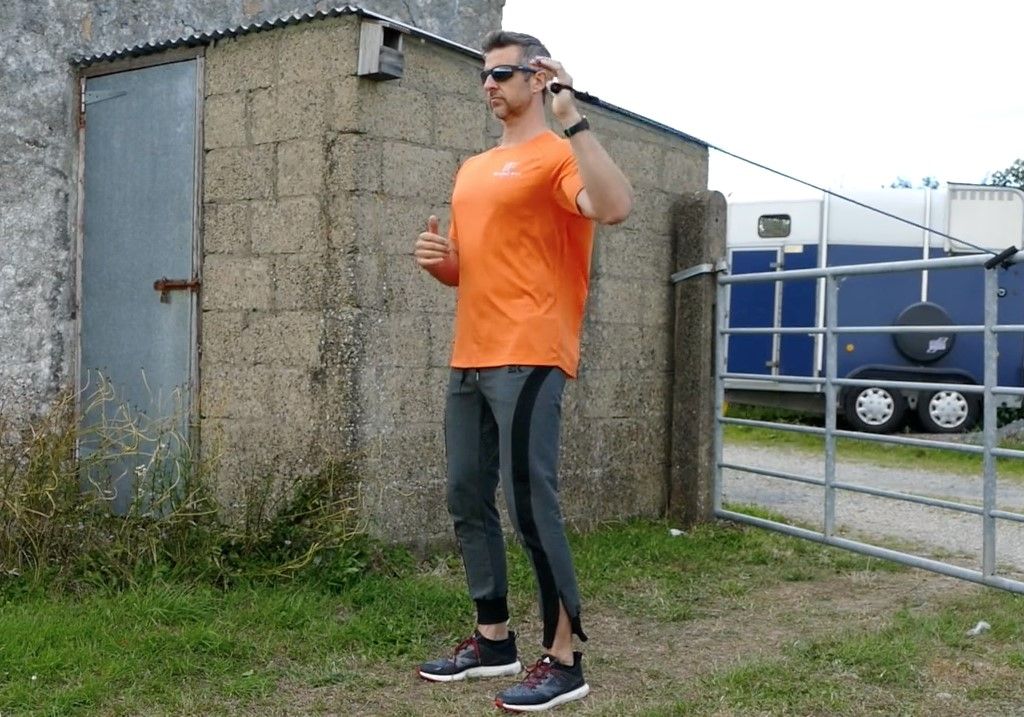
If in Doubt - Check It Out:
If you are concerned about your posture or injury risk, a trip to your local physical therapist (physio, osteopath or chiropractor) may be one of the best decisions you ever make. A clinical assessment with such as a professional together with any relevant imaging investigations (such as. ultrasound and MRI scans) can be one of the most informative things you can undergo in order to know your limitations and receive the most appropriate professional advice.
Robert Shanks, BSc (Hons) Ost, has been involved in the Fitness and Physical Therapy Industry for over 20 years, he is co-founding director of Spine Plus Osteopathy & Physiotherapy clinics spineplus.co.uk. Robert also designs rehabilitation and low impact, low injury risk fitness programs and is author of the book BACK PAIN DECODED, all available from injuryfitpro.com
